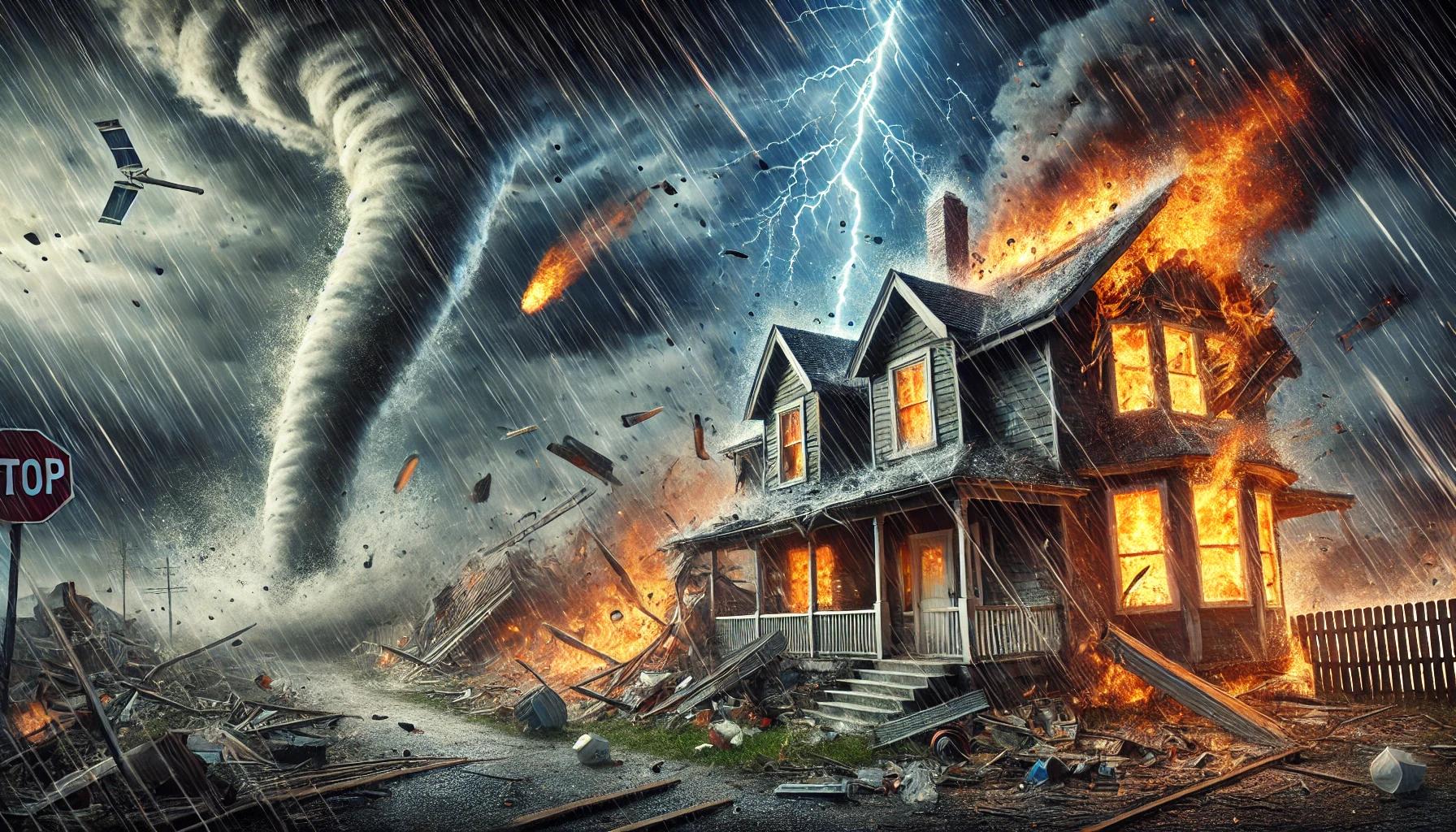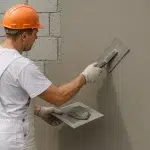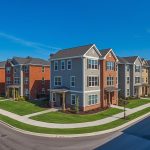
Building a Safer Future: How ICCF Technology Protects Against Natural Disasters
In recent years, the frequency and intensity of natural disasters have reached unprecedented levels. From wildfires tearing through California and Hawaii to hurricanes devastating coastal regions, and earthquakes rattling cities across the globe, the need for disaster-resilient construction has never been more urgent. As traditional building materials struggle to keep up with evolving threats, innovative solutions like ICCF (Insulated Composite Concrete Forms) are changing the way we think about safety, sustainability, and resilience.
At Eco Building Systems, we manufacture The Perfect Block, a revolutionary ICCF system engineered to outperform conventional ICF (Insulated Concrete Forms) and traditional CMU or wood framing. Made from a proprietary mix of recycled EPS (expanded polystyrene) and cement, The Perfect Block offers unmatched performance in extreme conditions.
The Global Disaster Crisis
The data speaks for itself:
- Wildfires have destroyed millions of acres in North America, Australia, and Europe
- Floods and hurricanes are increasing in strength and frequency due to climate change
- Tornadoes and earthquakes continue to damage homes and infrastructure across the U.S.
According to the National Centers for Environmental Information, the U.S. experienced 28 separate billion-dollar weather and climate disasters in 2023 alone. The conversation around building resilience is no longer optional, it is essential.
In regions like Turkey, Japan, and Indonesia, recent earthquakes have exposed the vulnerabilities of outdated infrastructure. In South America and sub-Saharan Africa, seasonal flooding has displaced thousands, often destroying homes made of substandard materials. Climate change is no longer a distant concern; it’s a daily reality demanding an innovative approach to building science.
Why Traditional Materials Fail in Disaster Zones
Most homes today are still built with materials that simply were not designed to withstand catastrophic events. Wood framing is vulnerable to fire, termites, mold, and rot. Standard concrete block construction is heavy, energy-inefficient, and labor-intensive. Even many traditional ICF systems require additional reinforcement or layers—like mesh or furring—to achieve adequate protection and energy performance.
This is where ICCF technology, and specifically The Perfect Block, steps in to redefine the standard.
ICCF vs ICF: A New Standard in Resilience
While both ICF and ICCF are designed to create energy-efficient, reinforced concrete walls, there are several key differences that set ICCF apart:
- Material Composition: ICFs are typically made of virgin polystyrene foam, whereas ICCFs like The Perfect Block use recycled EPS, making them more sustainable.
- Thermal Performance: ICCF blocks provide superior thermal mass and insulation, ideal for extreme heat or cold.
- Fire Resistance: The Perfect Block can withstand fire exposure for up to 4 hours, compared to less than 2 hours for many standard ICFs.
- No Mesh or Furring Required: Our ICCF blocks can receive stucco or plaster directly, saving both time and labor during construction.
Built for Every Climate, Ready for Every Threat
The Perfect Block is engineered to resist multiple disaster types:
- Wildfires: Non-combustible, 4-hour fire-rated walls give homeowners peace of mind in fire-prone regions.
- Hurricanes and Tornadoes: Reinforced concrete cores resist high winds and flying debris.
- Floods: Water-resistant materials prevent mold, mildew, and structural degradation.
- Earthquakes: ICCF walls are reinforced with rebar and concrete, offering structural integrity in seismic zones.
Whether you are rebuilding in Lahaina, designing for the Gulf Coast, or planning developments in California’s wildfire corridors, ICCF is the material of the future.
Sustainable, Affordable, and Scalable
Using recycled EPS isn’t simply good for the environment, it reduces landfill waste and lowers material costs. ICCF technology is scalable for both single-family homes and multi-unit developments, making it ideal for affordable housing initiatives and disaster-recovery projects.
And unlike traditional ICF systems that require specialty crews and additional labor, The Perfect Block simplifies the construction process, allowing general contractors and masons to build faster and more efficiently.
Additionally, The Perfect Block reduces scheduling delays by eliminating extra steps during finishing stages. There is no need for mesh or furring prior to applying stucco or plaster, which streamlines trade coordination and shortens project timelines. This means lower labor costs, fewer change orders, and earlier occupancy.
Conclusion: Building Smart in an Uncertain World
As natural disasters continue to escalate in both frequency and damage, the need for resilient, sustainable construction is critical. ICCF technology, led by innovations like The Perfect Block, offers a smarter, safer way to build.
Whether you are a developer, architect, builder, or homeowner, it is time to think beyond traditional materials. The world is changing, shouldn’t your building system change too?
Explore how Eco Building Systems are helping reshape the future of construction at www.theperfectblock.com.



